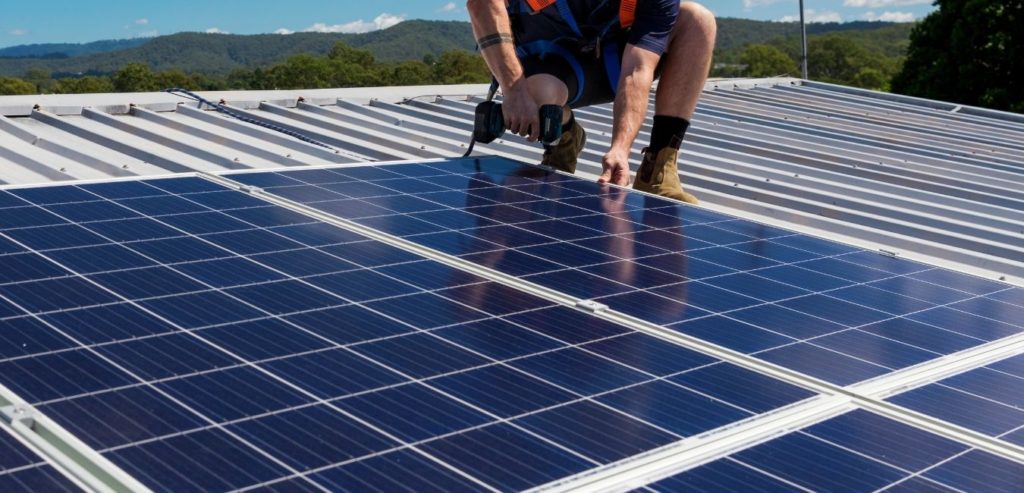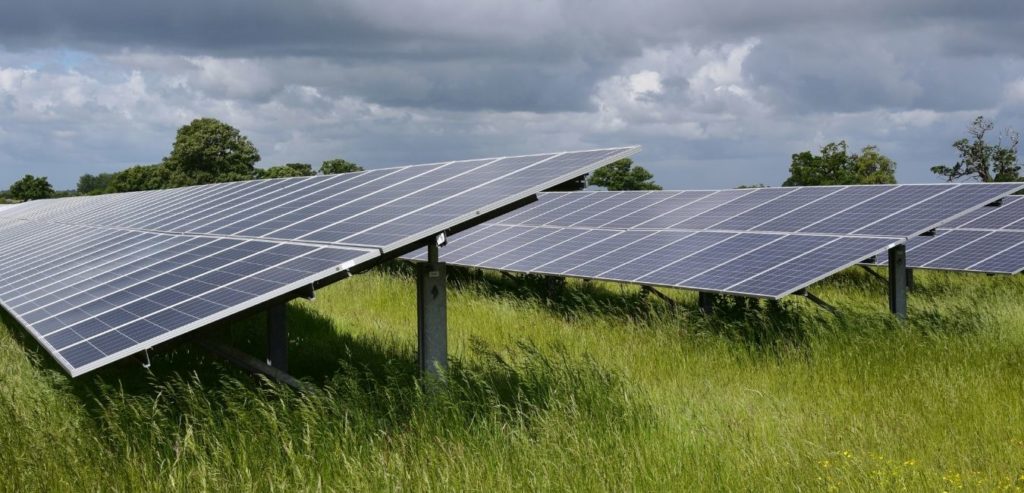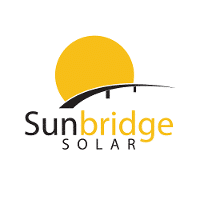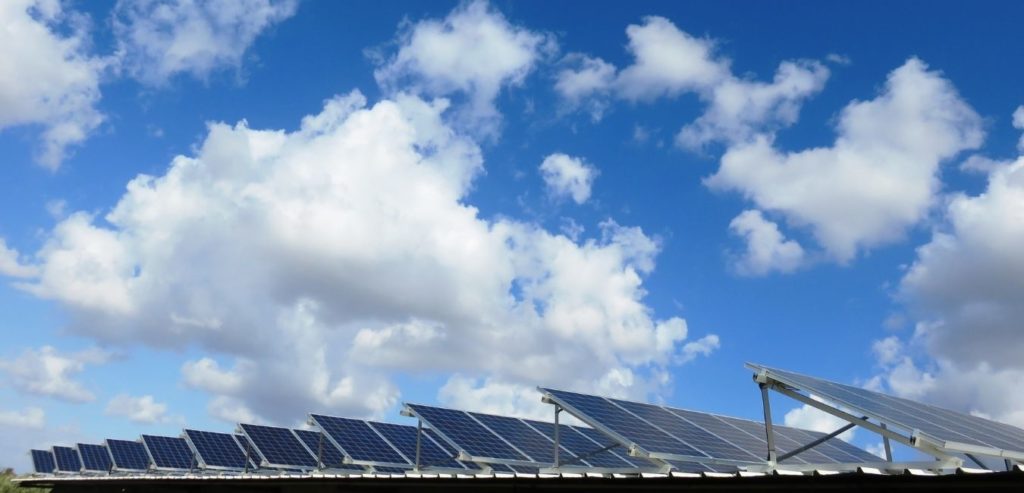A Quick Guide to Commercial Solar Panels
Commercial solar energy systems can be extremely smart investments for business owners, providing a whole host of benefits. In this commercial solar panel guide, we’ll explore the pros and cons, how the installation process works, factors that contribute to the cost, and finally, we’ll answer some frequently asked questions.
Advantages of Commercial Solar
There are many advantages of commercial solar systems, including:
- Saving money on electricity bills
- Locking in energy prices for the future
- Tax breaks for installing solar
- Reduce carbon footprint
- Connect with environmentally conscious customers
- Low maintenance energy source
- Accelerate depreciation recovery through MACRS
Disadvantages of Commercial Solar
However, there are a few disadvantages of commercial solar to be aware of as well:
- It may require roof and/or electrical system upgrade or replacement
- Solar is expensive upfront
- Power production rates depend on weather
- Requirements and incentives change frequently
- It may be more difficult to pass permitting and inspections
7 Types of Commercial Solar Systems
There are 7 different ways that commercial solar systems used across Oregon can be installed:
- Carport systems
- Flat rooftop systems
- Slanted rooftop systems
- Ground-mounted systems
- Single or double axis motorized sun-tracker systems
- Artistic or branded systems
- Utility-scale systems
3 Factors That Can Hinder Your Solar Plan
There are three things that may impact the feasibility of a commercial solar system, even if you have what seems like an ideal commercial property for solar.
Suboptimal Net Metering Policies
Some states have excellent net metering policies, which allow you to sell excess energy that your panels produce to the utility grid, often at or near the retail rate. However, not all states have incentivized solar in this way, which can make solar less economically feasible for your business.
Interconnection Restrictions
Some utility companies have strict interconnection rules, which means that in some places business owners may not be able to install a grid-tied solar energy system on their commercial property. Check your utility company’s interconnection policies to ensure that a grid-tied system will be permitted.
Structural Limitations
Roofs that are more than a couple of decades old may need to be replaced before solar can be installed. This is because solar panels can be installed for 25 years or more, and it’s a much bigger job to remove solar panels, replace the roof, and then reinstall the solar panels than it is to simply replace the roof first and then install the panels. The weight-bearing capacity of the roof must also be evaluated before solar panels can be installed since a large array can be quite heavy.

Step-By-Step Guide to Commercial Solar
While the solar installation process can vary a bit based on the type of property and your location, the general process will look something like this:
1) Site Audit
In a site audit, a solar professional will review your business’s current electricity consumption rate and the monthly cost, which will give them an idea of how much solar energy your system will need to produce to come as close as possible to zeroing out the cost. They will then do a walk-through of the entire site to find the best location for solar panels and assess the structural elements. Any other relevant details will also be gathered during the walk-through.
2) Review the Project Proposal
With the site audit information, the solar engineer will put together a proposal for your solar energy system that includes the recommended location and type of the system, the orientation of the panels, and the overall size and expected production. The proposal will also have details regarding the specific equipment that will be used, such as the solar panels, inverters, wiring, and mounting system. Finally, it will include a cost estimate for the entire project and information about applicable incentives. You will review the proposal and any necessary changes will be made before you give the final approval.
3) Permitting
Roofs that are more than a couple of decades old may need to be replaced before solar can be installed. This is because solar panels can be installed for 25 years or more, and it’s a much bigger job to remove solar panels, replace the roof, and then reinstall the solar panels than it is to simply replace the roof first and then install the panels. The weight-bearing capacity of the roof must also be evaluated before solar panels can be installed since a large array can be quite heavy.
4) Installation
Once the permits are approved, you can watch the installation happen! Again depending on the scope of the project, this can take a couple of days or a couple of weeks to complete. The panels will be mounted in place and connected to the inverters, but not yet connected to anything else.
5) Grid Interconnection
Once the system is in place, you can submit a utility interconnection request. There may be additional fees and requirements for this step depending on where you live and who your utility company is.
6) Final Inspection
Before the system can be switched on, it will need to pass final inspections, likely from both the AHJ and your utility company to ensure safety and proper installation. Once the inspections are complete, the system can be activated and will start to produce power.
7) Monitoring
While most solar energy systems do not require much maintenance, it is important to keep an eye on the performance and have maintenance completed when it is required, like annual cleanings and inspections.
8) Invite Your Friends!
Now that you’ve seen what it takes to switch to solar and the benefits of producing your own energy, the next step is to invite your friends and family to make the switch themselves. We invite you to learn more about our solar referral program.
Residential vs. Commercial Solar Systems
Residential and commercial solar energy systems are largely the same in terms of components and functionality, although there are a few key differences.
Commercial systems often include a much larger solar panel array in order to produce enough power to meet a large commercial operation’s needs. Each commercial panel is also generally larger than a residential panel since there is usually more room on a business’s roof than on a home and aesthetics are not as much of a concern. Since commercial panels are larger, they are also generally more efficient, converting more sunlight into usable power than a residential panel.
Also, businesses enjoy the benefit of coinciding peak demand and production times (the middle of the day) while residential solar systems produce the most energy during the day but demand is highest in the evening hours. This means that commercial energy systems can actually offset a greater degree of electricity demand and therefore cost than a residential system.

Financing Commercial Solar Panels
There are a few different financing options when it comes to commercial solar energy systems.
The first is an outright purchase. This means that you will not have to pay the additional costs of a loan, although it does require a large amount of capital upfront.
However, loans are increasingly available for solar systems, which can spread the cost over several years and make the purchase easier to manage.
You can also opt to lease a solar energy system or sign a Power Purchase Agreement (PPA). In this case, you as the lessor will reap the immediate cost savings in terms of energy bills without the upfront costs of purchasing a system, although the owner of the system will receive any applicable tax credits and other financial solar incentives. This option is only available in roughly half of US states.
Read More:
Finally, property-assessed clean energy (PACE) is a program that helps business owners finance solar energy systems with assistance from a local government. You would then repay the cost through a new property tax assessment.
Costs of Commercial Solar PV in Oregon & Washington State?
The cost of commercial solar energy systems varies dramatically based on a couple of factors. First, it depends on your business’s typical monthly energy usage, which dictates how big the solar energy system will need to be to generate that much energy. Larger systems will naturally cost more than smaller systems. Additionally, the cost will depend on the type of equipment you select to use in your system. There are several different types of panels available in varying levels of efficiency and price points. Our solar experts at Sunbridge Solar can help you choose the right equipment for your needs and your budget.
Big Companies in the Pacific Northwest Are Harnessing Solar Energy
Many big companies across the country are investing in solar energy and reaping the financial, environmental, and PR benefits. These companies include Walmart, Costco, Apple, Verizon, IKEA, FedEx, and many others.
Commercial Solar FAQs
Finally, let’s answer a couple of frequently asked questions about commercial solar systems.
Anything that uses electricity can be powered with solar energy, including lights, refrigeration units, air conditioning, heat, electric pumps, machinery, and so forth.
This will depend on how much energy your business uses per month on average and the weather in your area. The system size may be limited by roof space or budget, but ideally, it will be big enough to offset your energy usage entirely. A solar site audit will reveal the best size of the solar energy system for your business.


